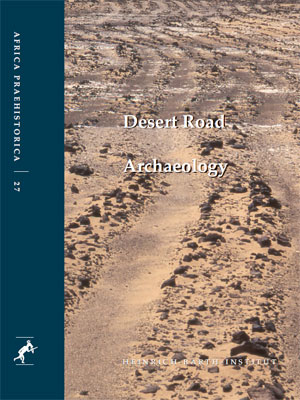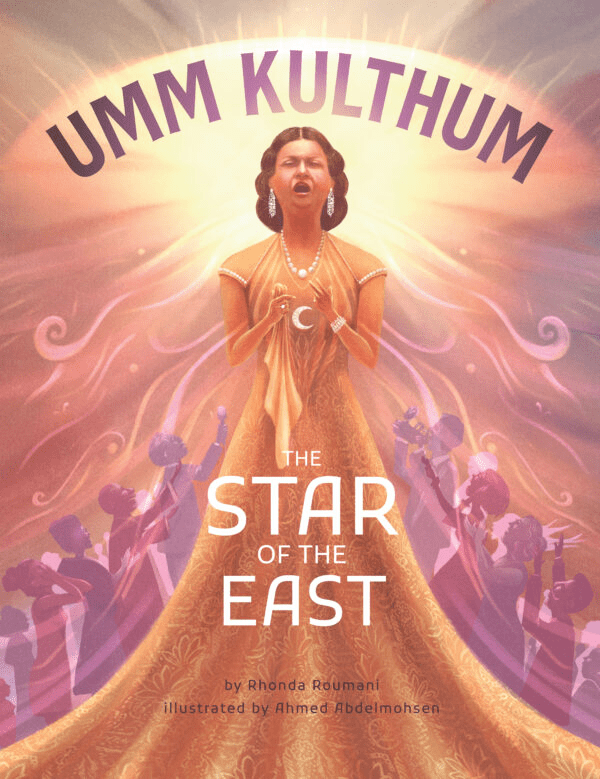
Desert Road Archaeology in Ancient Egypt and Beyond
Peter Herrigan
Frank Förster and Heiko Riemer
eds. 2013, Heinrich-Barth-Institut, 978-3-92768-841-4, €78 hb.
From earliest times, humans followed natural passages such as animal trails, and many grew into heavily trafficked routes. This volume contains 23 prolifically illustrated essays on the ancient roads crossing the Sahara Desert and the Arabian and Sinai peninsulas. Research suggests that in the Neolithic wet periods from the ninth to the fifth millennium BCE, routes originated in settled regions located in what is now hyper-arid territory in Egypt. With increasing aridity and the coalescence of population along the Nile, and with the rise of the dynastic period around 3150 BCE, an extensive network of roads developed in the Nile Valley that reached into the African interior, the Red Sea coast and farther afield. One essay focuses on a road to the Arabian Peninsula built during the reign of the 12th-century BCE pharaoh Ramses iii to connect with the incense route from the south—all the more interesting in light of the find in 2010 of two Egyptian cartouches near Tayma, Saudi Arabia, a key northern trading post. This book, coupled with ongoing research by the United Nations Educational, Scientific and Cultural Organization (UNESCO), will do much to help understand and link ancient world heritage sites.
You may also be interested in...

Children’s Book Documents Rise of Umm Kulthum, Egypt’s Star of the East, As Declaration of National Identity
Illustrator Rhonda Roumani presents an illustrative biography of legendary Egyptian singer and cultural icon Umm Kulthum.
Old Documents Shed New Light on History in Book Connected to Ancient Islamic World
The painstaking work to recover history—one page at a time—is on brilliant display in this collection of essays focusing on early Arabic, Coptic, Greek, Hebrew, Latin and Sogdian manuscripts.